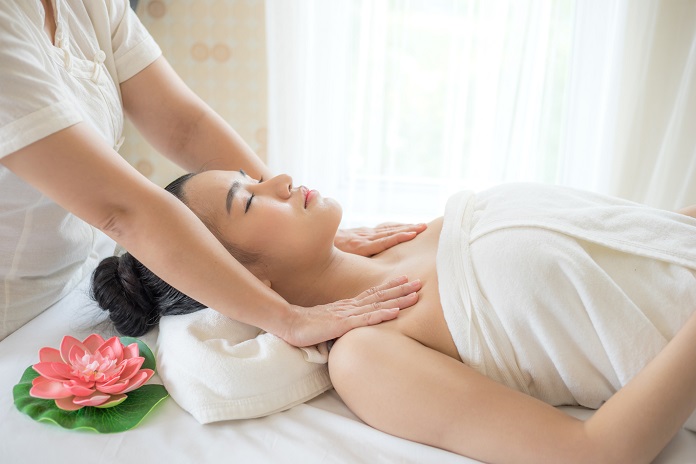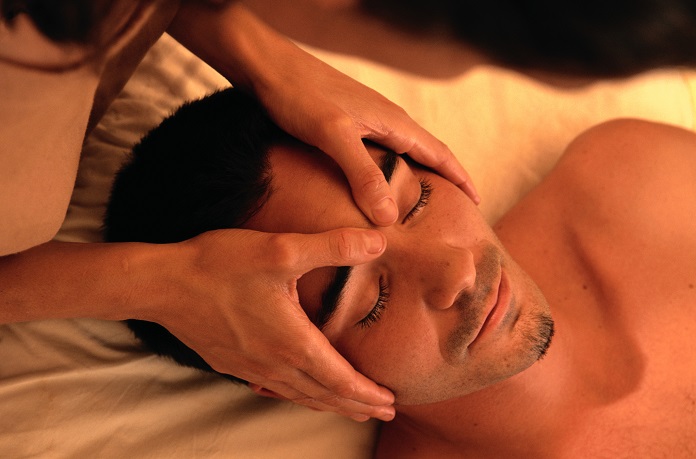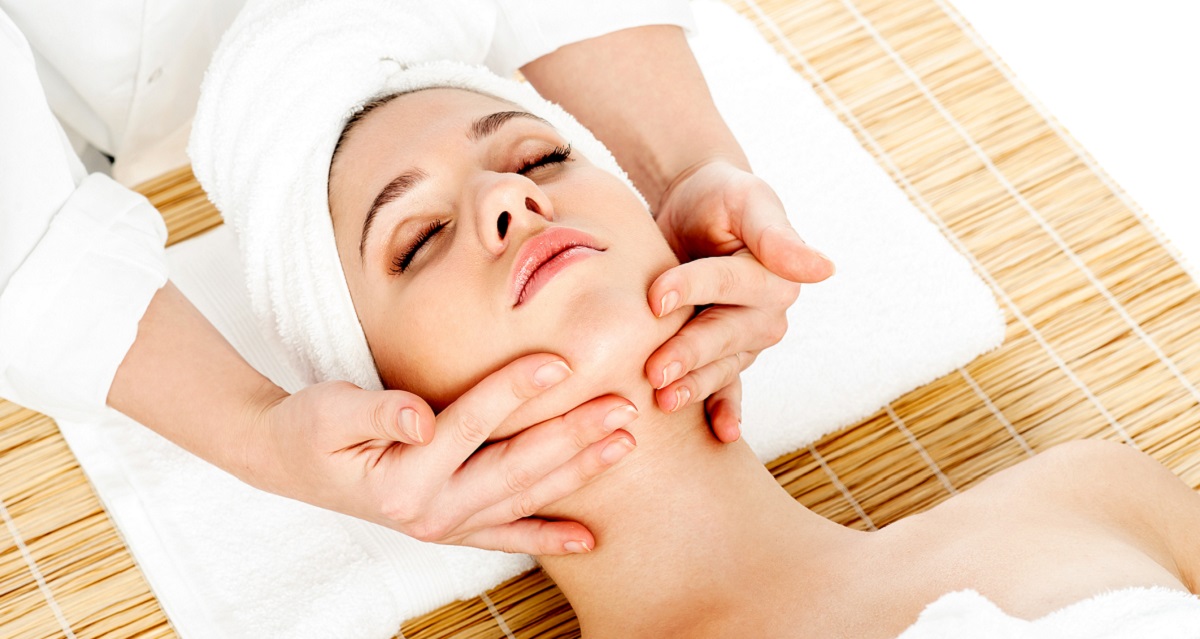If you haven’t heard of manual lymphatic drainage (MLD) massage, you’re not alone. It’s a treatment many of us are yet to experience, but could work wonders for tired, congested or bloated bodies.
What is a manual lymphatic drainage massage?
The name itself describes some of what the treatment does. “Manual Lymphatic Drainage is a very gentle form of advanced massage therapy, aimed at moving the lymph under the skin using specialised, gentle, rhythmic techniques,” says award-winning holistic therapist Rima Shah, who runs Calm And Clear Complementary Therapies.
“However, it does not involve draining the whole of the lymphatic system away. It aids the formation and transport of lymph around the body.”

The lymphatic system has many functions in the body. It forms a vital part of our immune system and is also designed to assist in the removal of waste products from the body’s cells.
“The lymphatic system is not mechanically controlled by the body, and therefore has to rely on muscular movement, blood circulation and the nervous system, to assist circulation around the body,” Shah adds.
What is lymph?

“Inside the system is a fluid called lymph, which is a viscous liquid,” says Shah. “The lymphatic system can become very sluggish and doesn’t work at its best due to a variety of reasons. These include lack of muscular movement, poor diets, disease and infections.
“A sluggish lymphatic system can lead to the body not eliminating its waste efficiently, causing a build-up, which shows as an oedema, or water retention.”
MLD massage is designed to activate the musculature of the lymph-vessel system. This means they contract more often, increasing the rate of absorption of fluid and waste products from the surrounding tissues.
It’s a non-invasive way to remove excess fluid more quickly, and makes a healthy lymphatic system more effective.
What ailments can MLD help treat?
Used as both a preventative and remedial technique, MLD massage can ease water retention (especially in pregnancy), bloating and headaches, as well as sinus congestion, ear problems and skin conditions.
“Head, eye, ear, nose, mouth, dental, throat, sinus and skin problems, resulting from lymphatic-related congestion, can respond positively,” notes Shah, adding that some people even use this treatment to help fight the ageing process.
What does it feel like?
MLD massage feels like no other treatment I’ve ever experienced before.
After a consultation, you lay on a bed and relax into the treatment. The pressure is light and movements are slight – like tiny tugs to your face, neck and around the collarbone. I have chronic sinus issues and could feel something moving when the areas around my eyes and nose were being worked on.
I stayed awake, but many people fall asleep while it’s being done, because it’s so relaxing. No oils or powders tend to be used – just the therapist’s hands.
“The treatment focuses on the head, neck and face areas primarily,” adds Shah. “The procedure is very different to a standard face massage, which works deeper into the muscles. MLD is much more gentle and rhythmic – almost hypnotic.”
How many sessions do you need?

For anyone with a lingering condition, like blocked sinuses, Shah says regular sessions close together work best.
Recovery post-surgery also requires treatments close together. After this, monthly maintenance sessions can work well, although some people find a one-off session can actually work wonders.
“By encouraging the removal of waste, and excess, stagnant connective tissue fluid, the skin gets its nutrients more quickly and begins to look fantastic,” notes Shah.
“Typically, you can expect your skin to look clearer and feel softer, eyes to be brighter, dark areas below the eyes to lighten, puffiness and congestion to reduce and a more defined jaw-line. These full results may not be noticeable after only one session, though.”
How do you feel afterwards?
Everyone is different, but you should feel more relaxed and clear-headed. You may also feel tired and spaced out – or energised. For me, my sinuses felt a little clearer. I could definitely breathe a bit better and my nose was running almost constantly for the next few hours.
For an additional boost, it’s a good idea to drink plenty of water for the two days that follow MLD. Reducing your caffeine and alcohol intake, not smoking, eating light meals and listening to your body (resting if you feel tired) can also help the treatment to work more fully. This can alleviate any mild side-effects and assist your body’s clearing process, too.
“It’s such a specialised treatment that has this added advantage of being deeply relaxing,” adds Shah. “During my training years ago, I couldn’t quite believe how much fluid I would lose daily, just from practising on each other.
“The treatment allows the lymphatic system to work better, which helps our waste system function more effectively.”
Where can I find an MLD practitioner?
MLD UK lists accredited practitioners throughout the country – though not all therapists choose to pay for their listing. You can also check whether they trained with a recognised body. Shah states that Vodder, Casley-Smith, Foldi or Leduc all provide the highest standards of training.
It should also be noted that anyone suffering from certain illnesses may not be able to undergo treatment, or may need to have the massage adapted. This includes cancer, thrombosis, heart problems and thyroid dysfunction, for example. Make sure you talk to your doctor first, as well as your therapist about any ongoing issues or relevant medical history.
You may also be interested in…































































